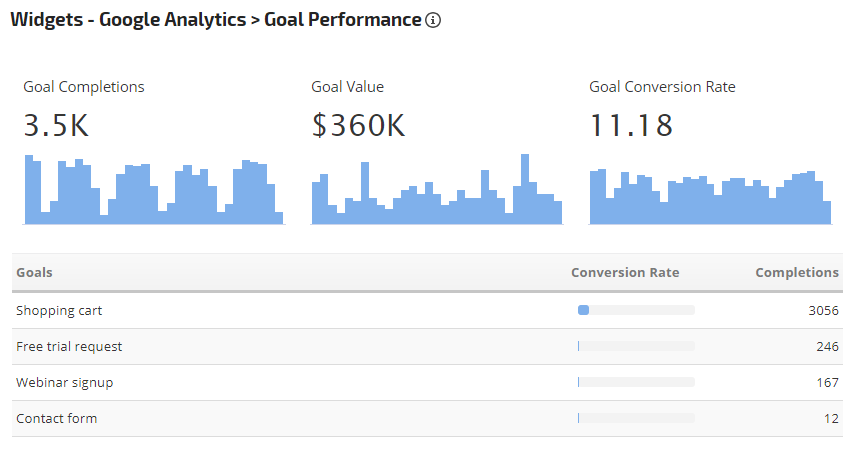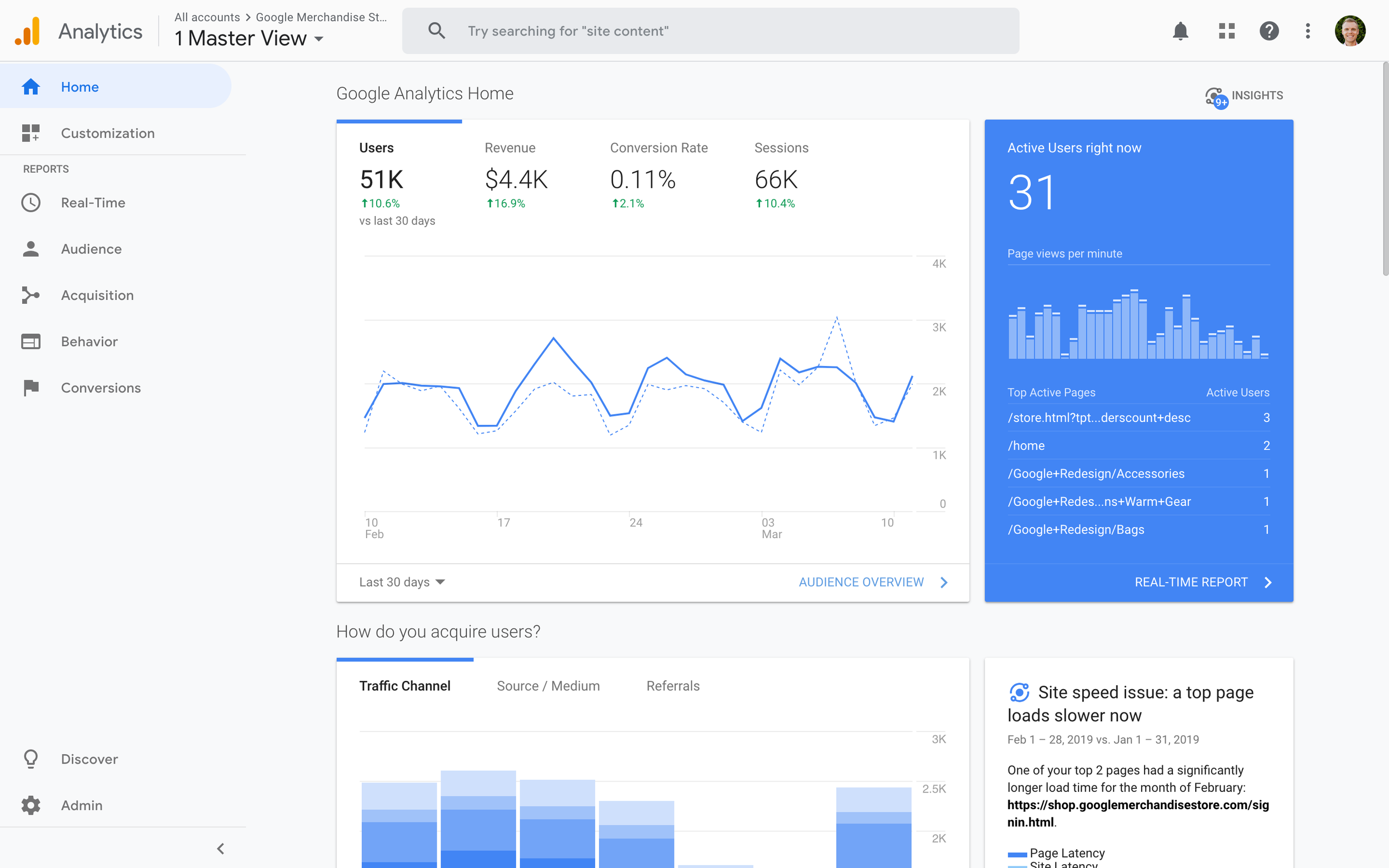Discover What Data Is Google Analytics Goals Unable to Track
Discover What Data Is Google Analytics Goals Unable to Track
Blog Article
Introducing the Blind Attractions: Recognizing What Google Analytics Goals Can not Measure
In the realm of electronic analytics, Google Analytics stands as an effective tool for tracking and evaluating online customer communications. Understanding what Google Analytics objectives can not measure is important for obtaining a comprehensive view of individual actions and interaction.
Individual Behavior on External Operatings Systems
Understanding exactly how individuals connect on outside platforms is crucial for maximizing online techniques. External platforms, such as social media networks, recommendation websites, and online forums, play a significant role in driving traffic to a firm's site. By assessing customer behavior on these platforms, companies can get useful insights right into the performance of their advertising initiatives and the choices of their target audience.
One secret facet of customer habits on exterior platforms is the recommendation source. By tracking where the users are originating from, organizations can determine which systems are driving one of the most traffic to their internet site. This information can help business designate their resources better, concentrating on the platforms that produce the very best results.

Offline Conversions and Communications
Assessing individual behavior on outside platforms offers valuable understandings into on-line methods; nonetheless, thinking about offline conversions and interactions is just as vital for an extensive understanding of a firm's general performance. Offline conversions, such as in-store acquisitions or phone questions, play a significant function in lots of organizations' success.

Attribution Beyond Last Click
When delving right into the world of digital advertising and marketing analytics, it becomes crucial to look past the solitary touchpoint of the last click for a more extensive understanding of acknowledgment. While Google Analytics provides important insights into individual actions, counting solely on last-click acknowledgment can be limiting - what data is google analytics goals unable to track. Acknowledgment versions that exceed the last click offer a more nuanced view of the client trip, taking into account all the touchpoints that result in a conversion
Acknowledgment past the last click enables online marketers to appoint credit history to numerous interactions along the conversion path, giving a more click here for info clear photo of the effectiveness of various advertising and marketing networks. By checking out multi-touch click now attribution designs such as linear, time degeneration, or position-based attribution, companies can better allot their advertising and marketing budget plans and enhance their strategies for optimal effect.
Comprehending the impact of each touchpoint in the conversion procedure is important for making notified decisions and maximizing ROI. By accepting acknowledgment beyond the last click, businesses can obtain deeper insights right into customer behavior and customize their advertising efforts better.
Cross-Device and Cross-Browser Monitoring

Likewise, cross-browser monitoring matches cross-device monitoring by recording user habits as they switch over in between different web browsers. Understanding how customers interact with sites on different browsers can help marketers maximize their on-line experiences to ensure consistency and capability across different platforms.
Qualitative Data and User Intent
Understanding individual intent with qualitative information evaluation is crucial for developing targeted digital advertising and marketing approaches that reverberate with the requirements and preferences of the target market. Qualitative data offers insights into the 'why' behind customer activities, clarifying inspirations, feelings, and choices that quantitative data alone can not catch. By assessing customer comments, comments, and interactions, marketing professionals can discover beneficial info regarding individual intent, enabling them to tailor their messaging, web content, and offerings to much better line up with what their audience is seeking.
Qualitative information also assists in comprehending the context in which users involve with an internet site or application. This contextual understanding allows marketing professionals to produce more appropriate and personalized experiences, inevitably driving higher engagement and conversion prices. By delving into recommended you read individual intent through qualitative information analysis, businesses can acquire a deeper understanding of their target audience, leading to more efficient advertising and marketing techniques that fulfill individuals' expectations and demands.
Final Thought
In conclusion, Google Analytics objectives have limitations in determining user actions on outside platforms, offline conversions, attribution beyond last click, cross-device and cross-browser tracking, and qualitative information connected to individual intent. what data is google analytics goals unable to track. It is very important for services to be familiar with these dead spots in order to supplement their data evaluation with other devices and approaches to gain a much more comprehensive understanding of their audience and improve their overall electronic advertising and marketing methods
By examining customer behavior on these platforms, organizations can acquire useful understandings into the efficiency of their advertising initiatives and the choices of their target audience.
Analyzing user actions on external platforms gives useful understandings right into online techniques; nonetheless, considering offline conversions and interactions is similarly vital for a comprehensive understanding of a company's overall performance.In digital advertising analytics, relocating past last-click acknowledgment to check out cross-device and cross-browser tracking is important for acquiring an alternative understanding of individual communications across different platforms and gadgets. By examining individual comments, comments, and interactions, marketers can reveal valuable details about user intent, allowing them to customize their messaging, web content, and offerings to much better line up with what their audience is seeking.
By diving right into individual intent with qualitative data evaluation, organizations can obtain a much deeper understanding of their target audience, leading to a lot more efficient marketing techniques that meet customers' assumptions and demands.
Report this page